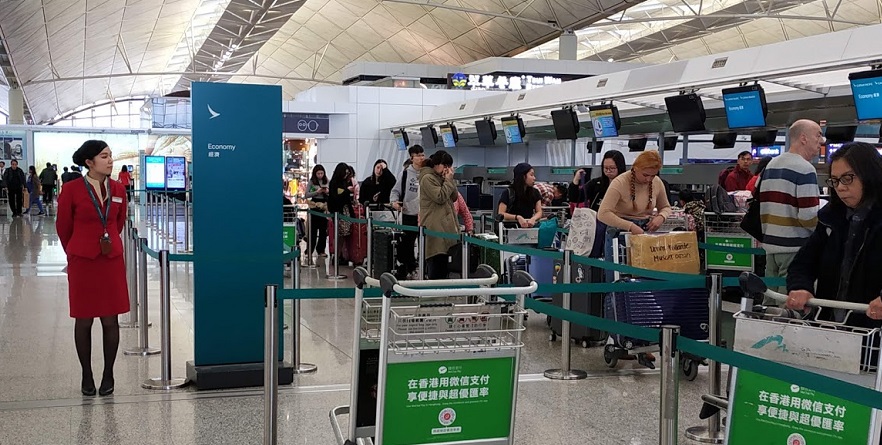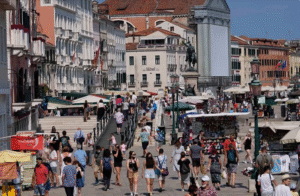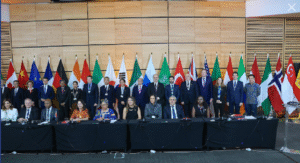Passenger totals drop 60 per cent, airline financial losses of 498 billion $ due to COVID-19 impacts

Travel Biz News —
Passenger totals dropped by 60 per cent with just 1.8 billion passengers taking to the air during the first year of the pandemic, compared to 4.5 billion in 2019, according to ICAO report. The seat capacity fell by 50 per cent last year( 2020).
With its latest economic impact analysis of COVID-19 released in Montreal, the UN agency for civil aviation confirmed that international passenger traffic suffered a dramatic 60 per cent drop over 2020, bringing air travel totals back to 2003 levels.
Its numbers also point to airline financial losses of 370 billion dollars resulting from the COVID-19 impacts, with airports and air navigation services providers (ANSPs) losing a further 115 billion and 13 billion, respectively.
The pandemic plunge in air travel demand began in January of 2020, but was limited to only a few countries.
As the virus continued its global spread, however, air transport activities came to a virtual standstill by the end of March.
With the wide-scale lockdown measures, border closures, and travel restrictions being set out around the world, by April the overall number of passengers had fallen 92 per cent from 2019 levels, an average of the 98 per cent drop-off seen in international traffic and 87 per cent fall in domestic air travel.
Subsequent to the April low point being reached, passenger traffic saw a moderate rebound during the summer travel period.
“That upward trend was short-lived, however, stalling and then taking a turn for the worse in September when the second wave of infection in many regions prompted the reintroduction of restrictive measures. Sectoral recovery became more vulnerable and volatile again during the last four months of 2020, indicating an overall double-dip recession for the year.”
ICAO also reported that there has been a persistent disparity between domestic and international air travel impacts resulting from the more stringent international measures in force.
Overall there was a 50 per cent drop in domestic passenger traffic globally, while international traffic fell by 74 per cent or 1.4 billion fewer passengers.
Paralyzed revenue streams resulting from the plunge in air traffic has led to severe liquidity strains across the aviation value chain, placing the industry’s financial viability in question and threatening millions of jobs around the world.
The global 370 billion dollar drop in gross airline passenger operating revenues represented losses of 120 billion in the Asia/Pacific, 100 billion in Europe, and 88 billion in North America, followed by 26 billion, 22 billion and 14 billion in Latin America and the Caribbean, the Middle East and Africa, respectively.
ICAO indicated that the near-term outlook is for prolonged depressed demand, with downside risks to global air travel recovery predominating in the first quarter of 2021, and likely to be subject to further deterioration.
It expects any improvement in the global picture only by the second quarter of 2021, though this will still be subject to the effectiveness of pandemic management and vaccination roll out.
In the most optimistic scenario, by June of 2021 passenger numbers will be expected to recover to 71 per cent of their 2019 levels (53 per cent for international and 84 per cent for domestic).
A more pessimistic scenario foresees only a 49 per cent recovery (26 per cent for international and 66 per cent for domestic). – Inputs from ICAO
17 January 2021
Photo : Passengers at Hong Kong International Airport / Travel Biz News














